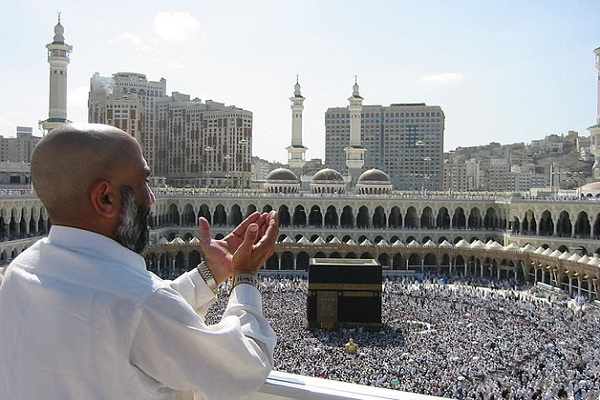
Muslim Pilgrims Perform Eid al-Adha Hajj Rites
- By Gary Nguyen --
- 22 Aug 2018 --

The hajj takes place over a five day period
Muslims all over the globe are celebrating Eid al-Adha[/tweetit], or “festival of the sacrifice,” commemorating the story concerning a test of faith given by the Muslim Prophet Ibrahim. Over two million Muslims have arrived in Saudi Arabia to execute their hajj's final rites.
Muslim Pilgrims Perform Eid al-Adha Hajj Rites [/tweetthis]
According to Muslim theology, God commanded Ibrahim to sacrifice Ismail, his son. As per the tale, God substituted a ram for the boy when the time of sacrifice came, thus saving Ismail from death. The event and the day are now marked with an animal sacrifice. A sheep or a goat is sacrificed as a metaphor of Ibrahim's purported sacrifice. The meat is then distributed among the poor, neighbors, and family members. The program is a component of the five days long Hajj.
Hajj is done over a period of five days. The last three days involve male pilgrims shaving their heads and then removing the “ihram” or white cloth garments worn during the event. Women snip off a lock of hair to mark spiritual renewal and rebirth. Pilgrims made their way to a complex located in Mina on August 21 to throw pebbles, a symbolic stoning of the devil. It is believed by the Muslims that the devil tried to hoodwink the prophet out of submitting himself to God's will at that place.
Eid al-Adha greetings #EidMubarak pic.twitter.com/ihVi3iJ6Jd
— Arun Jaitley (@arunjaitley) August 22, 2018
The hajj is a name given to a cluster of rituals which must be done by devout and physically capable Muslims to cleanse sins from the soul. It also brings a sense of brotherhood and equality among the Muslims. As per Islam, the hajj is a must for all Muslims with the physical and financial capability to perform it.


















